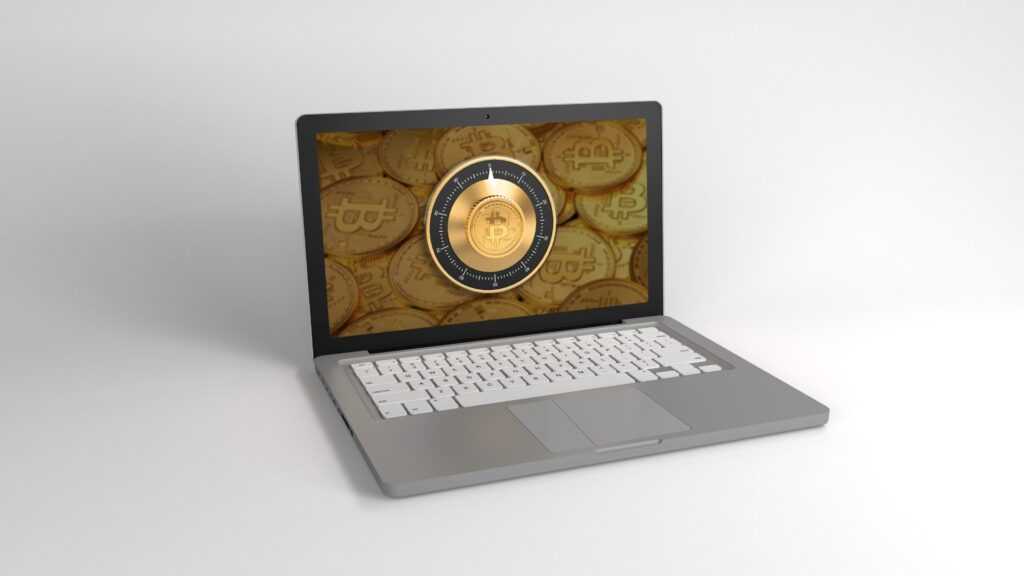Understanding Crypto Wallets
Navigating the realm of cryptocurrency starts with understanding crypto wallets. They store digital assets securely and facilitate transactions.
What Is a Crypto Wallet?
A crypto wallet is a digital tool that stores, sends, and receives cryptocurrencies like Bitcoin and Ethereum. It keeps private and public keys, enabling secure access to blockchain-based assets.
Unlike traditional wallets, crypto wallets don’t store currency. Instead, they represent ownership and allow interaction with blockchain networks.
Types of Crypto Wallets
Several crypto wallets cater to different needs and preferences. They vary in security and convenience.
- Hardware Wallets: Physical devices, e.g., Ledger Nano S or Trezor, providing strong security by storing keys offline.
- Software Wallets: Applications on devices, e.g., Exodus or Electrum. They offer versatility but depend on device security.
- Online Wallets: Web-based, e.g., Coinbase or Binance wallets, accessible from anywhere but with increased risk of hacks.
- Mobile Wallets: Smartphone apps, e.g., Trust Wallet or Mycelium, balancing convenience and security for on-the-go usage.
- Paper Wallets: Printed keys on paper. They’re immune to digital hacks but vulnerable to physical loss.
Choosing the right type is crucial for safety and ease of use in managing crypto assets.
Features of Beginner-Friendly Crypto Wallets
Beginner-friendly crypto wallets combine usability and security to help new users navigate the digital asset landscape confidently. Here are essential features of these wallets.
Ease of Use
User-friendly interfaces and simple navigation are crucial for beginners. Wallets should offer clear instructions, intuitive design, and easy-to-follow processes for sending, receiving, and storing crypto assets.
Examples include one-click transactions and in-app tutorials. Ensuring the platform supports multiple languages also enhances accessibility.
Security Measures
Strong security features protect assets and personal information. These include two-factor authentication (2FA), biometric authentication, and encryption. Regularly updated software further adds a layer of protection. Wallets like Ledger and Trezor are good examples due to their robust security protocols.
Customer Support
Responsive customer support assists users with troubleshooting and guidance. Look for wallets offering 24/7 support through various channels like live chat, email, and phone.
It’s beneficial if the wallet platform provides a comprehensive FAQ section and step-by-step guides. Companies like Coinbase excel in offering strong customer support.
Top Crypto Wallets for Beginners

When choosing a crypto wallet, beginners should focus on ease of use and security. Here are some options to consider.
Hot Wallets
Hot wallets connect to the internet, making them easy to access but potentially less secure. They’re great for frequent transactions.
- Coinbase Wallet: Coinbase Wallet offers a user-friendly interface and integrates well with the Coinbase exchange. It supports a wide range of cryptocurrencies, making it versatile for new users.
- MetaMask: MetaMask acts as a browser extension allowing seamless interaction with decentralized applications (dApps). It’s popular among Ethereum users and offers strong security features.
- Exodus: Exodus combines an intuitive design with robust security. It’s known for its responsive customer support, which is helpful for beginners.
Cold Wallets
Cold wallets store assets offline, offering enhanced security at the cost of convenience. They’re ideal for long-term storage.
- Ledger Nano S: Ledger Nano S is a widely trusted hardware wallet. Its offline storage and multi-currency support make it a solid choice for securing various digital assets.
- Trezor One: Trezor One provides top-notch security features, including PIN protection and passphrase encryption. Its straightforward setup process appeals to newcomers.
- KeepKey: KeepKey offers a luxurious design and advanced security measures. It supports multiple cryptocurrencies and integrates with the ShapeShift platform for easy exchanges.
Setting Up Your First Crypto Wallet
Setting up your first crypto wallet can seem daunting, but following a systematic approach simplifies the process. By selecting a beginner-friendly wallet and securing it properly, you can start managing your digital assets confidently.
Step-by-Step Guide
- Choose a Wallet Type: Select the type of wallet that best suits your needs. For beginners, hot wallets like Coinbase Wallet or MetaMask are often recommended due to their ease of use. Cold wallets like Ledger Nano S or Trezor One offer enhanced security for long-term storage.
- Download and Install: Visit the official website or app store and download the wallet application. Always ensure you’re downloading from a reputable source to avoid security risks.
- Create an Account: Open the wallet app, and follow the setup prompts to create an account. You’ll typically enter an email address and set a strong password.
- Backup Your Seed Phrase: During setup, the wallet generates a seed phrase (usually 12-24 words). Write this phrase down and store it securely offline. This phrase is crucial for recovering your wallet if you lose access to your device.
- Enable Security Features: Activate additional security measures such as two-factor authentication (2FA) and encryption. These features protect your wallet from unauthorized access.
- Fund Your Wallet: Transfer some cryptocurrency into your new wallet by using the associated public address. You can acquire crypto through exchanges like Coinbase or Binance, then transfer it to your wallet.
- Start Transacting: Once funded, you can send, receive, and manage your cryptocurrencies using the wallet interface. Follow on-screen instructions for each action.
- Regular Backups: Regularly backup your wallet and seed phrase. Store multiple copies in secure locations to ensure recovery capabilities.
- Strong Passwords: Use unique, complex passwords for your wallet and associated email accounts. Strong passwords decrease vulnerability to attacks.
- Secure Devices: Keep your devices updated with the latest security patches and antivirus software. Secure devices reduce the risk of malware and other threats.
- Avoid Public Wi-Fi: Conduct transactions over secure, private networks. Public Wi-Fi networks may expose your wallet to hackers.
- Stay Informed: Stay updated on the latest security practices and potential threats in the crypto world through trusted sources and communities.
By following these steps and tips, beginners can ensure their crypto wallets are both functional and secure, paving the way for confident digital asset management.






